BARBIE
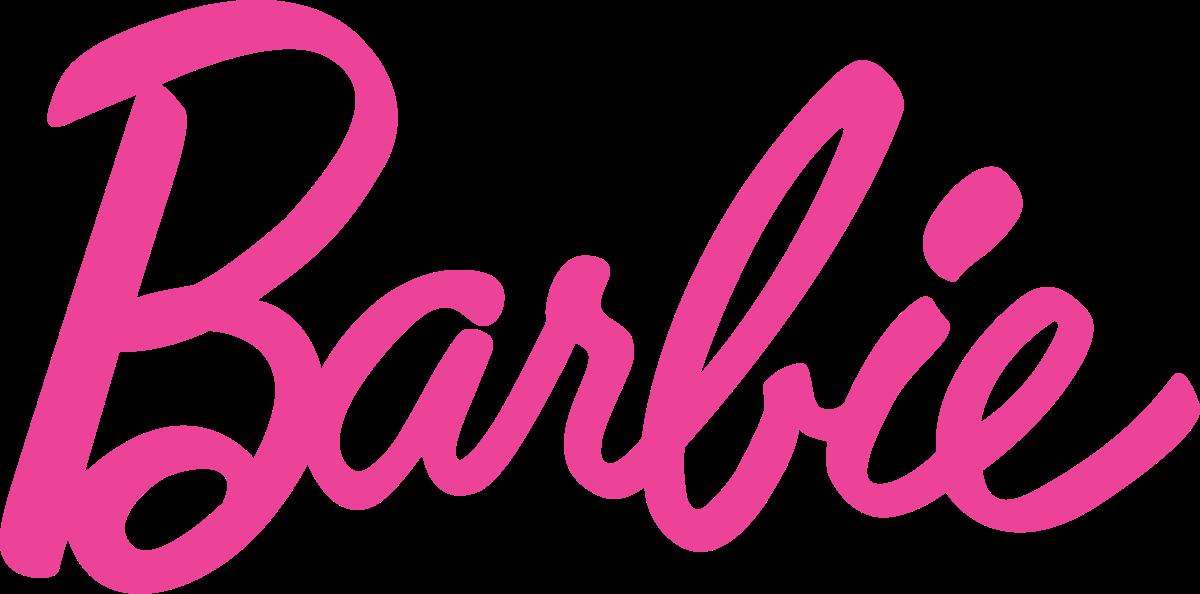
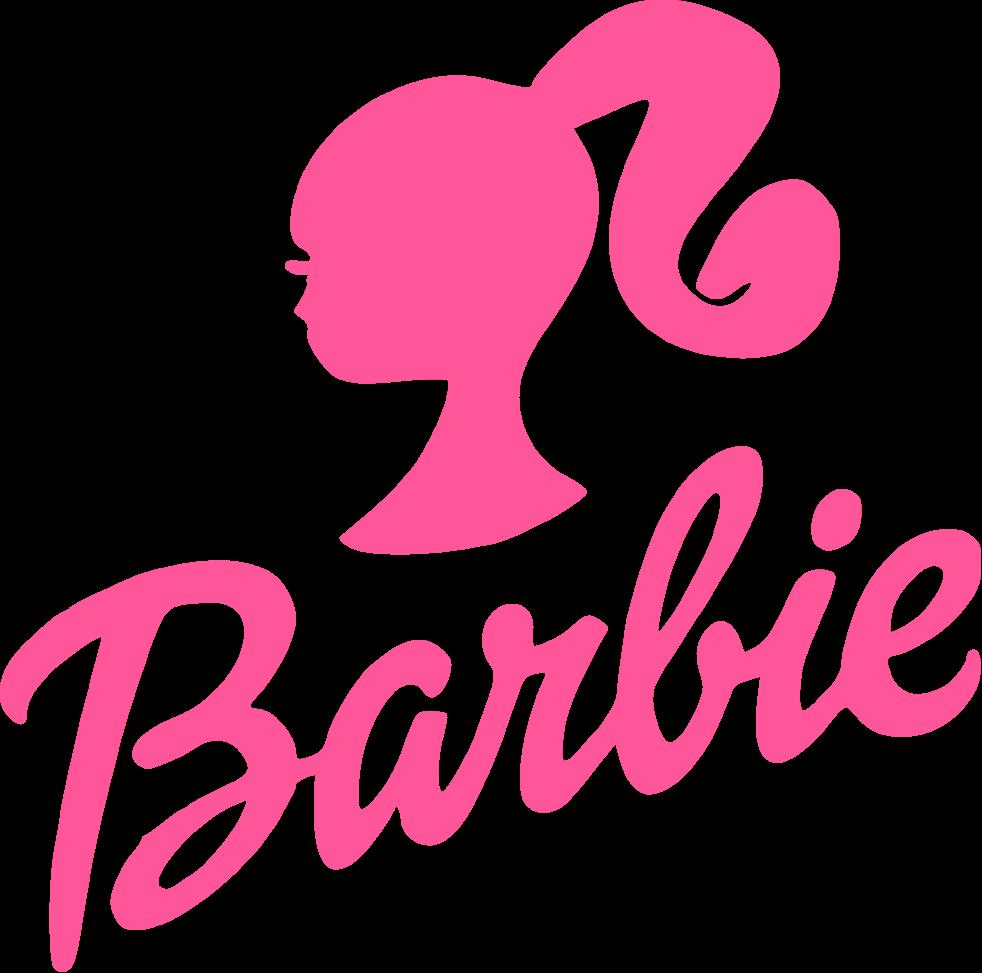



he GMSG has introduced a new Judaic studies elective for this school year where students study Jewish women throughout both history and Tanach, who have individually, and collectively, had a huge impact on their nation. From our Imahos, who set the example for all Jewish women, to Dor Hamidbar, who stood up for what’s right, Jewish women throughout all Jewish history have taken initiative and been leaders and role models to B’nei Yisrael.
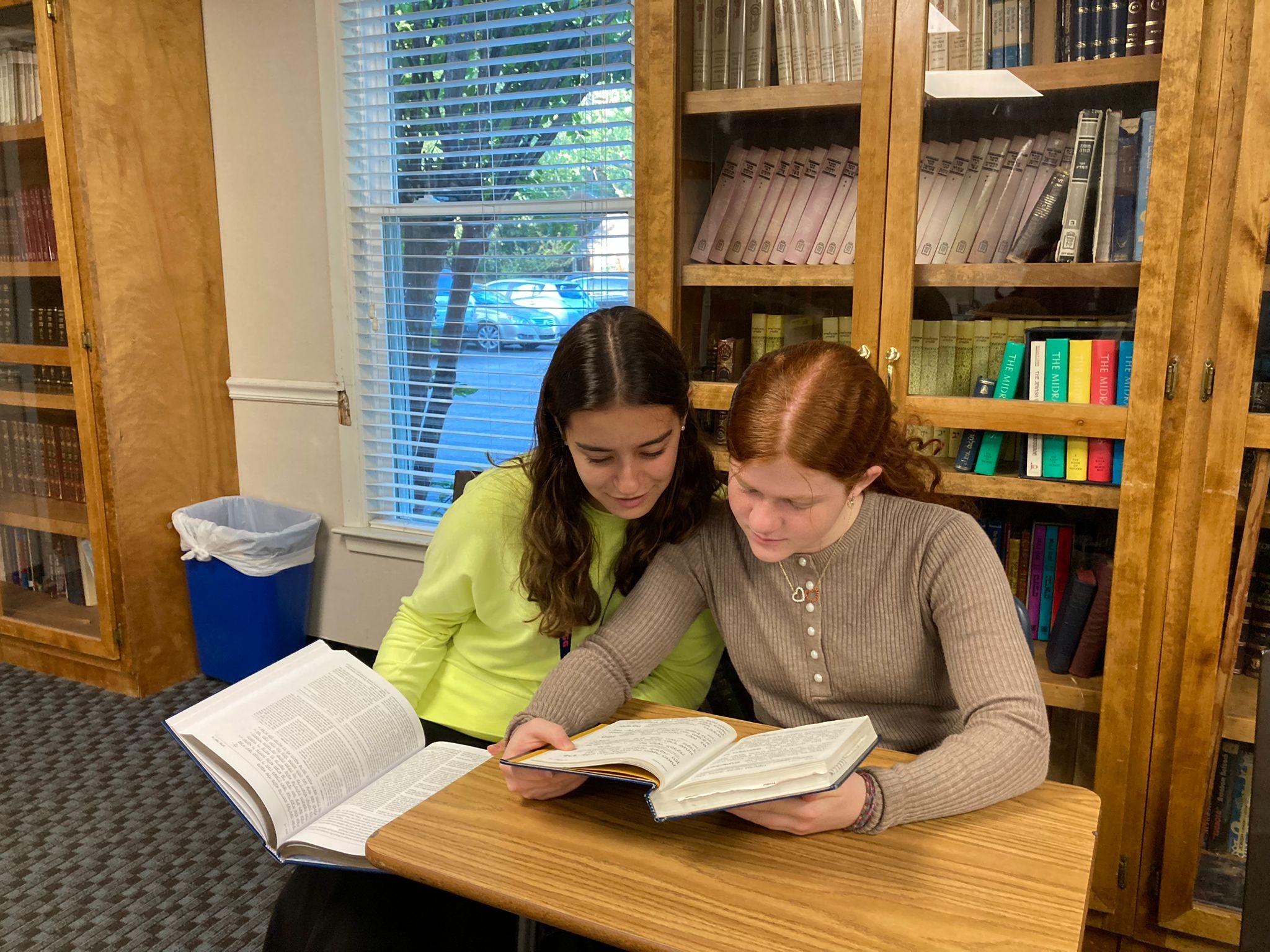



Our four Imahos, Sarah, Rivka, Rachel, and Leah, persevered through their many challenges and demonstrated to all future generations how we should act in the face of adversity. The legacy of the Imahos began with Sarah, the first Neviah. Sarah followed Avraham to Canaan and Egypt, leaving her family for a life of wandering while also battling infertility. Next came Rivka, Sarah’s niece. Although Rivka grew up amongst wicked men, she still became the epitome of a kind and caring woman. At the age of three, young Rivka drew water not only for Eliezer but for his ten camels. Many commentaries, such as Rashi and Bereishis Rabbah, say that even at this age, she was so holy that instead of drawing water for each individual camel, Hashem performed a miracle that caused the water to
come up to her. In addition to Eliezer’s sign about the camels, this was another clear indication that she was destined to be one of the Imahos Rivka was then barren for a long time until she gave birth to twins, one who was very righteous and one who was far from it. Despite all of her challenges, Rivka never wavered from what was right. Rachel and Leah, Rivka’s nieces, followed her as the two final Imahos. Yaakov originally chose Rachel, causing Leah tremendous pain. Through all this, Leah continued to hold her head high and keep going. Although Rachel was chosen first, she still had to sit back and watch as her father made her older sister marry the man she loved. At one point, Rachel had the chance to expose her sister but instead she chose to save Leah from embarrassment and gave her the signals she and Yaakov had developed. Like the Imahos before her, Rachel battled infertility for years, watching as her sister gave birth to many children while she remained childless. Regardless of all of her challenges, Rachel remained faithful to Hashem and an eshes emuna, a woman of faith. Through their overcoming challenges and exceptional middos, character traits, the Imahos
Continued on page 2
of B’nei Yisrael teach every Jewish girl traits to carry with them forever.
In addition to the Imahos who had a pivotal role in history, women that came afterwards too can teach us important lessons on how to lead our lives as Jewish women.
B’nei Yisrael became a true nation when they left Egypt and from the start, the women proved to be integral to the well being of the nation. As Hashem led B’nei Yisrael out of Egypt through the Yam Suf, He brought them many miracles. In anticipation of this, the women brought out tambourines and other instruments so that they could sing praises in thanks. In Shemos Perek Tes Vav, the Jewish nation sings Az Yashir, a song praising and thanking Hashem for all of the miracles He provided for them.
However, although the men and women were singing simultaneously, the language in Passuk Chaf Aleph, where the women are singing, is very different. The Passuk says:

“And Miriam answered them”
Rashi comments on these words that Moshe had to lead the men; he would say one line and they would repeat. Meanwhile, Miriam and B’nos Yisrael sang together, complete with instruments and dancing. While the men were hesitant to sing to Hashem, needing Moshe’s careful guidance and coaxing, the women leaped right into the song.
B’nos Yisrael once again displayed their emuna, faithfulness, during the sin of the golden calf. The men came to Aharon and expressed their desire to create an idol and worship it. Aharon had seen them kill Miriam’s son who blatantly refused them and decided to be clever and subtly stall the construction of the calf. In Passuk Beis, it
This
Which means, “Aharon said to them, ‘[You men,] take off the gold rings that are on the ears of your wives, your sons, and your daughters, and bring them to me.’” Knowing that the women would never give up their jewelry willingly to contribute to Avodah Zara, he thought this would stall the men long enough to give Moshe time to descend Har Sinai. While Aharon was right about the women - their unwavering emuna kept them from contributing to the idol- he underestimated the men, who simply gave Aharon their own jewelry instead of taking their wives’ jewelry. This is contrasted with the building of the Mishkan, when both the men and women of B'nei Yisrael eagerly donated their jewelry. The men gave willingly and earnestly to any cause that they saw. However, B’nos Yisrael were able to differentiate between a righteous cause and a wicked one, using their judgment to only donate their belongings when the cause was right. Because of their discerning nature and eagerness to give to a good cause, the women of Israel merited to have Rosh Chodesh as a special holiday for them.
Dor Hamidbar was followed by the era of Nevi'im and then Kesuvim, each era containing their own powerful women such as Devorah, Yael, Chana, Bas-Sheva, and many more. Each of these women’s stories contains many lessons we can live by in our own lives. From the beginning of the Jewish religion until today, Jewish women have set the example for all generations following them and taught us proper faith and middos. By learning their stories, we are able to continue the legacy of great Jewish women. Our school is successfully instilling the middos of the women who came before us in our new Women In Tanach class, in which students learn the stories and life lessons of various women throughout Tanach.
In honor of Toby's birthday
month's issue is sponsored byGMSGers follow in their ancestors' footsteps by enthusiastically thanking Hashem for all of His miracles. Photo Credit: Brooke Sanderson ('25)
ow do we make the influx of inspiration from Elul last? Every year around this time, everyone works on their middos and strives to be the best they can be. We ask people to forgive us for anything we did that year to go into the new year with a clean slate. We also create new goals to work on, and take steps towards being the best version of ourselves we can be. Rosh Hashanah comes, then Yom Kippur soon after, but by the next day, it’s often as if our spiritual high has gone right down the drain. Rebetzin Shira Smiles speaks about inspiration and brings two approaches to combat this.
The first approach is being present. The second Yom Kippur ends, we run to eat and drink, not before checking our phones. Technology has taken over our lives to the point that we are not experiencing life to the fullest and living in the moment. People tend to keep themselves so busy on technology that they miss out on all that life has to offer. At Krias Yam Suf, Moshe stood up and said “֒ואריִת־לַא
הֶ֥שֲעַי־רֶשֲא, But Moshe said to the people, Have no fear! Stand by, and witness the deliverance which Hashem will work for you today.” This teaches us to focus on the things Hashem gave us. Imagine you are on your phone in the passenger seat and almost get into an accident. The person in the driver seat looks over at you but you haven't noticed or done as little as looking up. We want to be the ones in the driver seat having full control of our lives and not the ones unbothered and unaware of what is going on around us. Camp Stone has a program called Machal where teens are completely disconnected from their phones. They hike, camp outside, and make long lasting friendships. The reason this program is so effective is because when technology is thrown aside real connections could be made. Many students in both the GMSG and CYHSB have gone to Machal and many would say it was an experience of a lifetime. With technology set aside no matter where you are, the opportunity life has will amaze you. Rebbetzin Smiles’s first approach helps open our eyes to the extent technology controls our lives and the importance of being present.
The second approach is noticing Hashem’s constant presence in our lives. The Nesilas Shalom discusses an idea on the first Pasuk of Vayikra in Perek Aleph, it says “א֖רקִיַו
, Hashem called to Moshe and spoke to him saying.” He is confused about the seemingly double language of רֵ֤בדְיַו and א֖רקִיַו. The Nesilas Shalom explains that the double language shows that Moshe recognized that every single thing he went through in life was from Hashem. This is showing us that we too should search for Hashem’s presence in our lives and understand that everything that happens is from Him. We should understand that the hard times are opportunities from Hashem to drive us to be the best we can be. Once we are able to understand this we can look at our lives and see everything he does for us. Once we open our hearts and minds to see Hashem we will feel connected on a deeper level which can help us stay inspired throughout the year.
Many girls in the GMSG spent their summers finding inspiration in Eretz Yisrael. Brooke Sanderson says of her experience, “Going on an NCSY Summer program this summer was the opportunity of a lifetime. Being as I had never been to Israel, it was an unforgettable experience and I had the ability to explore the land, while making meaningful friendships, all while having many Chavrusas with my advisors to further my learning and Torah knowledge.” Summer programs touring Israel are a great way for teens to get connected and inspired. In order to hold on to it and make it last, they should continue to keep their eyes open to the incredible opportunities Hashem creates for them. Rebbetzin Smiles’s second approach can help us stay inspired by looking for Hashem in every thing we do.
With Rosh Hashanah and Yom Kippur right around the corner, inspiration and change can be seen all around us. Not only should we look for inspiration in Elul, but we should create achievable goals that we can stick to year round. With inspiration from our past and goals to achieve in the future we can stay strong. Rebbetzin Smiles’s two approaches are practical and achievable ways to stay inspired throughout the year. What will you do to stay inspired this new year?

are Bears, Teenage Mutant Ninja Turtles, My Little Pony, nearly everyone has at least one cherished childhood toy that they’d love to see on film. Barbie, directed by Greta Gerwig, starring Margot Robbie as Barbie and Ryan Gosling as Ken is considered to be the movie of the summer, catering both a child audience as well as adult. Barbie was released on July 21st of this year and has already made over $1.34 billion in revenue since its release. Barbie depicts the life of ‘’Stereotypical Barbie’’ (Robbie), while she questions her place through an adventure into the real world with Ken (Gosling). Barbie visits the real world in search of the girl who has been unconsciously causing issues in BarbieLand. As Barbie journeys to the real world, she finds out that it isn't quite what it was made out to be and struggles with reality. Barbie learns what it means to live and how to find balance. Overall, Barbie is a funny and meaningful movie that focuses on the themes of female empowerment, individuality and acceptance in order to relate to its viewers.
One of the many important themes and messages of Barbie is the focus on female empowerment. In BarbieLand, the “Barbie world’’ so to speak, each and every Barbie is unified and cares about each other's well-being. As the movie progresses there is a rift in the Barbies’ relationships with each other as a result of toxicity that enters Barbie Land due to influence from the real world, but the Barbies work together to fix the issues. Early in the movie “Weird Barbie” is introduced. Weird Barbie has cut hair and marker covering her face, she is considered an outcast and is taunted by the others. After learning how to properly respect one another, the Barbies begin to accept those different from them. After the Barbies gain their own empowering mindsets, they fight to repair Barbie Land, which had been affected by the real world, and ultimately work together to solve their issues. Female empowerment is a huge theme and force in the Barbie movie that has had a huge impact on all its viewers.
Although there is a huge sense of community in Barbie land, individuality is a bold theme throughout the movie. In Barbie Land, each Barbie and Ken have a defining characteristic that sets them apart and gives them purpose. Throughout the movie, Barbie comes to the realization that

without her stereotypical appeal, she doesn't know who she is. The Barbie movie showed both the importance of community in society while also showcasing the need for each person to their own journey to find their own identity. Throughout the movie, Barbie questions who she is now that she doesn't feel like Stereotypical Barbie anymore and this leads her to transition into life in the human world, as a human, without a label. By focusing on individuality as a theme, the Barbie movie was able to shine a light on the importance of everyone's experiences as part of a whole.
Alongside many other important themes in the movie, acceptance of self and others stuck out as the most important. Throughout Barbie's struggle with her identity and the structure of the real world, all she really needed was acceptance from herself. One of the last scenes of Barbie portrays Barbie and the creator of Barbies, Ruth Handler, holding hands and discussing what it really means to be human. Ruth shows Barbie what girlhood is all about and Barbie accepts that she wants to be human. Barbie accepts her internal feelings, and the Barbies around her accept her choice to live in the real world. Barbie also accepts Ken for just being Ken, not defining him by his association with her, but by his own character and qualities. Ken accepts that he's (K)enough just being himself, even without Barbie. Overall, this movie really focused on acceptance of everyone for who they are and the choices they want to make.
These themes were all impactful and meaningful but would lose their purpose if people did not try to connect aspects of these themes to their lives. Every girl should focus on empowering their fellow sister instead of bringing them down, and especially as Jews we should focus on V'ehavta Lereicha Comacha no matter who we are interacting with. It's important to associate oneself with a community to feel support and connection, but each person should celebrate who they are individually and really get to know themselves. Last but not least, acceptance is such an important part of living a healthy and happy life. This includes accepting other people for who they are and accepting ourselves and the choices we choose to make for our benefit. By applying all the themes from the Barbie movie, people will become much more caring and aware of the people around them and themselves. And remember, you are Kenough!
eshuva, the concept of repentance, holds a deep significance in Judaism and is a central theme throughout Rosh Hashanah, the Aseres Yemei Teshuva, and Yom Kippur. Teshuva is a theme that permeates not just through the Chagim but also resonates time and time again throughout the Torah. Teshuva is more than just feeling sorry for one’s past actions, or even for oneself. Rather, it involves a process of self-reflection, acknowledgement of our mistakes, and a genuine commitment to change. The holiday of Rosh Hashanah is a time of deep introspection and self-examination, marking the beginning of the Aseres Yemei Teshuva, Ten Days of Repentance, leading up to Yom Kippur.
Typically, the word teshuva is translated as repentance, but literally it’s derived from the root "Lashuv", to return. That begs the question, what are we returning to on Rosh Hashanah and Yom Kippur? In Sefer Hoshea, Perek Yud Daled, Pasuk Beis, Hoshea the Navi tells the nation:
"Return, O Israel, to the ETERNAL your God, For you have fallen because of your sin."
From here we find the idea of teshuva requiring confession of our sins to Hashem. Part of attaining intimacy with Hashem, which is the ultimate goal, involves him knowing our sins and the way in which we have sinned, so we can return back to him, and back to his mitzvos
As we delve into the Parshios Nitzavim and Vayelech, which are often read together on the Shabbos preceding Rosh Hashanah, these parshios provide a significant opportunity for instruction to reflect upon ourselves as we prepare for the Yomim Tovim to come.

Parshas Nitzavim contains Moshe’s final address to B’nei Yisrael as they stand outside Eretz Yisrael, their promised land, planning to enter the land without Moshe. He speaks to them about the bris, covenant, between them and Hashem, and emphasizes the concept of teshuva and the importance of having a sincere commitment to Hashem’s mitzvos
Meanwhile, Parshas Veylech presents a transition in leadership from Moshe to Yehoshua, marking a time of change yet continuity of the nation of Klal Yisrael. Just as Moshe teaches his final words before his passing to Yehoshua, reflecting on his life, the skills he has gained,
and the lessons he has learned, Rosh Hashanah prompts us to reflect on our own journey of self betterment and consider how we can continue growing in a spiritual and physical sense.
Rosh Hashanah, as a pivotal day in the Jewish calendar, places the concept of teshuva and renewal at the forefront of its observance. Receiving an opportunity to reestablish ourselves with Hashem presents the Jewish People with a beacon of hope, encouraging us to recognize our mistakes, seek forgiveness from both man and Hakadosh Baruch Hu, and wholeheartedly commit ourselves to selfimprovement.
Just as Parshas Nitzavim emphasizes the importance of the bris established with Hashem, Rosh Hashanah invites us to renew the commitment we have with ourselves and cast aside any negative habits or attitudes that may hinder our personal growth.
In essence, teshuva is the cornerstone of each of our spiritual journeys during the months of Elul and Tishrei, reminding us that the power to change ourselves lies within our own actions and hearts. With a sincere introspection and commitment, we can emulate the lessons of Parshas Nitzavim-Vayelech and embark on a path of personal growth and renewal as we welcome the new year with open hearts and a new appreciation of our faith.
n 1959, Ruth Handler, also known as the creator of Barbie, had the idea to make a doll for children that allowed them to play the role of a teenage girl instead of being forced to play the role of “mommy”. Until Mattel released Barbie, the only toys available to little girls were baby dolls so they `could prepare themselves for the future. Barbie changed that, allowing children to play with a toy that would simply be fun and inspiring to play with. Barbie didn’t simply start with the diverse Barbie dolls we have today. Mattel hit some bumps in the road with some controversial Barbies before they became what they are today.

Handler decided to name the dolls after her own children, Barbara, her daughter, and Kenneth, her son. The first Barbie hit the screens via commercials with catchy songs and showed off all the different ways to play with Barbie and her many different clothing options and accessories. Then in 1961, Ken, most commonly known as Barbie's boyfriend, was introduced and Barbie fans went crazy for it. In 1964, Allan was made. He was known for being able to fit into all of Ken’s clothing and for being Ken’s best friend. Allan’s wife Midge was launched in 1963, and she was known for being the only pregnant Barbie, whose stomach would open to reveal a baby inside. The couple was discontinued in 1966 due to the couple’s complications and weirdness.
Mattel released the Video Girl Barbie in 2010. The idea of this Barbie was to get kids more interested in filmmaking, but when the doll found its way to the FBI for the potential of child abuse, Mattel released a statement informing people that no such thing has happened yet but they ended up discontinuing the doll in 2012 anyway. Mattel bounced back from these mistakes and immediately went back to making the toys we know and love. We finally got the




first African American Barbie in 1968, named Christie, who represented the civil rights movement which was happening around the time she was released. Mattel still makes Barbies that are relevant to events happening around the world, for


example in 2020 during the pandemic, Barbie launched the #ThankYouHeroes campaign, and for every Barbie sold, Mattel donated a doll to a family of essential frontline workers. These relevant releases from Mattel displayed how much they cared about the world they live in and the people who buy their products. By including current events in their toys, Mattel kept children informed on what was happening in the world they live in. Barbie has also had over 200 jobs over the years, some examples are surgeon (1973), astronaut (1965), Miss America (1974), and many, many more. In 1992, “Totally Hair Barbie” was introduced. She had extremely long hair, perfect for styling. It even came with styling gel and headbands and soon became the highest-selling Barbie ever made. Barbie’s motto is “You Can Be Anything” which is the reason Barbie has had so many jobs, to show children that they really could be anything if they put their mind to it. Fast forward many years, Barbie released the “Fashionistas” line which included Barbies with disabilities and different body types to show inclusivity. The following year, Ken got his own “Fashionistas” line. Through this show of inclusivity, Mattel showed everyone their true potential. In 2018, Barbie introduced the “Inspiring Women” Barbies which featured many inspirational women from history, such as Frida Kahlo, Amelia Earhart, and Katherine Johnson. Finally, we get to 2023, and over a billion Barbies have been sold all over the world.
Barbie has always been an inspiring figure in children's lives and we can’t wait to see what Mattel has in store for her in the future. Through their constant updates and clever new Barbies, Mattel has made a name for themselves that has lasted over half a century, and is now perpetuated even more through the new live-action Barbie movie. In that time, they’ve been using their name to inspire young girls around the world and show them that they can be whatever they want if they put their mind to it.

















"Pardon me."
- Ahuva Davis ('27)
"Stop being slow."
- Rachel Sanderson ('27)

"I’m confushioned."












- Etta Kurinsky ('26)
"Umm I have a question."
- Hodaya Harary ('27)
"Zoo Wee Mama."
- Eliana Basurto ('26)








"I love you more than all the fishies in the sea."
- Toby Gescheit ('26)
"Bruh, this is so annoying."
- Debi Cohen ('27)
"Life is short but so am I."
- Aliza Wiener ('27)
"If you are not a chiefs fan, get away."
1. What is the most important trait in a friend?
A) Thoughtfulness
B) Intelligence
C) Humility
D) Ability to mansplain
2. Which song do you jam out to in the car?
A) Alef Beis
B) State Capitals Song
C) Geshmak To Be A Yid
D) Newest Drake Song

4. What is your favorite app?
A) iTalam
B) Sudoku
C) N/A (I have a flip phone.)
D) Find my Barbie

5. What's your closet staple?
A) Black Maxi Skirt and cardigan

B) Suspenders and my protractor

C) White button down shirt

D) Muscle Tee
A) Looking for the best summer sales on Central Avenue
B) Reading the entire Harry Potter series
C) Shteiging in the Beis
D) Following Barbie around until she acknowledges my existence


If you chose mostly A, you are “Morah Barbie.” Your go-to outfit is a black maxi skirt with a cardigan and all of your sentences have a minimum requirement of two “Baruch Hashems.” You love to plan ahead of time but definitely appreciate a good break. Shmiras HaLashon is always on your mind and the nachas your students bring you makes your day.
If you chose mostly B, you are “Nerd Barbie.” You always start off your sentences with “according to my calculations.” When you get an A- on your test you have a complete breakdown, but when your friend gets an F you tell them that everything will be okay and grades are not the most important thing. You bring coffee to your teacher every morning to earn you some brownie points and when you heard about the Super Bowl, you got super excited because you thought it was a mathlete competition.
If you chose mostly C, you are “Chassidish Barbie.” You know that Hashem is always by your side which causes you to incorporate a mashal into every conversation. You have already been to Monsey about 50 times this year and it’s only September. You have never taken your striemel, or knee sock off and have never worn a sweatshirt or a pair of shorts a day in your life. Your daily schedule consists of waking up, heading to the Beis, shteiging in the Beis, shteiging a little more, some extra shteiging (just in case), and heading off to bed, making sure, of course, to say Shema.
If you chose mostly D, you are “Just Ken''. You wake up every morning super early and head to the gym for at least two hours. Your go-to outfit is a muscle tee, and you make sure to never forget your pre-workout water bottle, no matter the occasion. Ending a conversation without dabbing anyone up is a huge “no-no” for you, and you only follow the latest and most up-to-date bodybuilders on social media. You were the star player on the varsity basketball team in high school and pray everyday that your legacy is passed on to your little siblings. The only time you ever cry is when the Grizzlies lose a game.










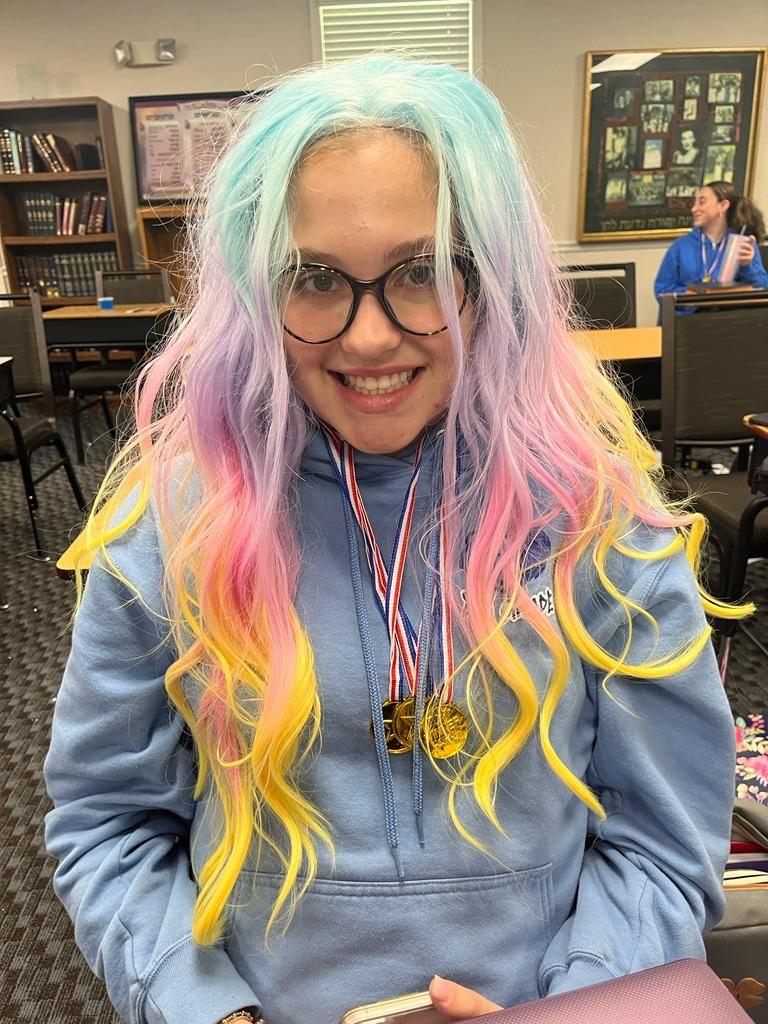



Dear Barbie, Rosh Hashanah is right around the corner and as I was getting all my simanim ready, I realized there were only six hundred and eleven seeds in my pomegranate! What should I do?!? I was always taught that pomegranates have six hundred and thirteen seeds to resemble the six hundred and thirteen mitzvos. If my pomegranate only has six hundred and eleven seeds then is it even Kosher? Will I be allowed to use it for my Rosh Hashanah meal, or is it treif because there are not enough seeds? Please advise me on what to do in this difficult situation.

Sincerely, WorriedYid613
Dear WorriedYid613,
First of all, I would like to thank you for reaching out to me. I happen to love, love, love Rosh Hashanah! New yom tov dresses, new shoes, new accessories, all pink of course!! Just so you know, pomegranates are one of my faaave Rosh Hashanah foods and it is super important that it is perfect! I can assure you that each and every pomegranate in the world has exactly six hundred and thirteen seeds. If you have one with less than that, you most likely just miscounted! Don’t worry, it happens to everyone! Sometimes when I count the 4,137 shoes in my closet, I miscount too. Soon it will be 4,138 since Rosh Hashanah is coming up and I’m due for a new pair! Don’t feel bad, I’m sure everything is in order. To be on the safe side, maybe consider buying another pomegranate. Keep me updated! Keep being you and Happy Rosh Hashanah!
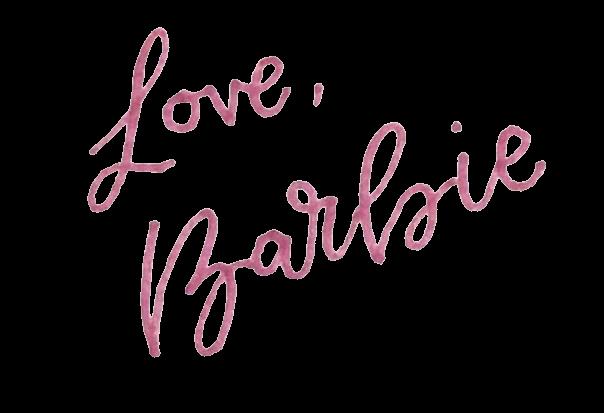
Try to find all the differences, we bet you won't! If you think you've found them all, send them in to sarah.kahane@mhafyos.org
Dear Readers,
I hope you enjoyed the first Goldie Globe of the year! Elul is the time of year for men and women alike to ask for forgiveness from the people around us and from Hashem. This issue explores the power of women through the portrayal of the Torah as well as the modern world through everyone's favorite toy, Barbie. I wish you all a Casiva V'Chasima Tova and hope your inspiration lasts a lifetime!
To sponsor an issue for just $30, email Margalit Goldkin at margalit.goldkin@mhafyos.org


Becky Schubert
Editor-In-Chief
rebecca.schubert@mhafyos.org
Shayna Klein
Managing Editor
shayna.klein@mhafyos.org
Neima Rovner
News Editor
neima.rovner@mhafyos.org
Sarah Kahane
Assistant Editor sarah.kahane@mhafyos.org
Dahlia Siegel
Assistant Managing Editor
dahlia.siegel@mhafyos.org
Brooke Sanderson
Features Editor brooke.sanderson@mhafyos.org
Shoshanah Kaplowitz
News Editor
shoshanah.kaplowitz@mhafyos.org
Atara Segal
Social Media Editor
atara.segal@mhafyos.org
Instagram: @goldie_globe
General Staff
Emma Wruble
Margalit Goldkin
Talya Mendelson
Aliza Wiener
Rachel Sanderson
Hodaya Harary
Toby Gescheit
Yonina Lichter
Malka Weiner
Ahuva Davis
Sara Shimanovich
Faculty Editors

Mrs. Ashley Brown & Mrs. Chana Lederman
